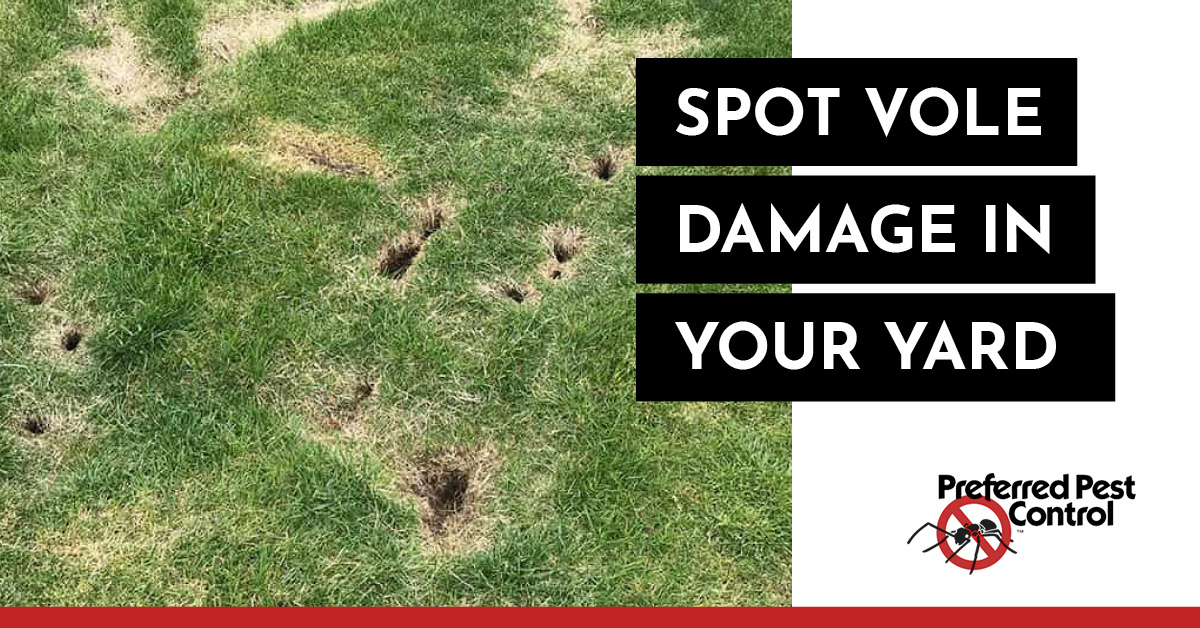Comprehensive Guide to Reliable Vole Insect Control: Infestation Recognition and Treatment Approaches
In the world of effective insect control, vole problems pose a distinct obstacle that demands a tactical approach. By checking out the nuances of vole actions, recognizing vital signs of problem, and examining a range of control options, one can create a thorough method to fight these elusive insects.
Understanding Vole Actions
Vole actions is defined by their delving routines and fast reproduction prices, making them a tough bug to regulate efficiently. Their rapid reproductive price further makes complex control initiatives, with females capable of generating numerous clutters in a single year, each having several offspring.
Understanding vole actions is vital for reliable pest control approaches. By determining their burrow places, keeping an eye on feeding locations, and carrying out targeted control approaches, such as capturing or environment alteration, vole invasions can be handled successfully.
Signs of Vole Infestation

Avoidance Methods
Applying effective avoidance approaches is vital in minimizing vole problems and protecting vegetation from their harmful feeding practices (vole yard damage). To avoid vole infestations, it is vital to begin by eliminating prospective food sources and shelter. Maintain yard and greenery trimmed short, eliminate weeds and particles, and preserve a tidy yard or yard to make the area less appealing to voles. Mounting barriers such as equipment cloth or below ground fencing can additionally assist discourage voles from entering particular areas. In addition, decreasing excess dampness by dealing with leaking pipes and making sure proper drainage can make the atmosphere much less welcoming for voles.
Frequently examining the home for signs of vole activity, such as paths and tunnel openings, is crucial for very early discovery and prompt action. If vole task is presumed, take into consideration using repellents or traps tactically positioned near their pathways.
Non-Lethal Control Approaches
To efficiently manage vole populations while prioritizing gentle approaches, non-lethal control techniques offer functional services for lowering vole damage in gardens and landscapes. One efficient approach is making use of physical obstacles such as equipment fabric or wire mesh to shield vulnerable plants. a fantastic read These barriers can be hidden at the very least 12 inches curved and deep at a 90-degree angle to avoid voles from tunneling beneath. Furthermore, habitat modification can hinder voles by reducing their preferred food sources and hiding spots. Preserving a well-mowed grass, removing particles, and keeping plant life cut can view make the environment less attractive to voles.

Lethal Control Options
One effective approach for resolving vole invasions in landscapes and gardens entails the tactical usage of lethal control options. When encountered with an extreme vole problem that non-lethal methods have fallen short to consist of, executing deadly control actions becomes important. Generally, when employing deadly control options, it is vital to do so properly and in conformity with local guidelines to effectively take care of vole invasions.
Verdict
To conclude, effective vole insect control requires an extensive understanding of vole behavior, recognition of indicators of invasion, execution of prevention approaches, and use of both lethal and non-lethal control methods. By incorporating these strategies, individuals can efficiently take care of vole populaces and safeguard their residential or commercial property from damage. It is essential to deal with vole infestations promptly to stop further concerns and reduce the influence on the surrounding environment.
Offered the complex passage systems and quick reproduction prices particular of voles, recognizing the indications of vole problem becomes essential in efficient parasite control. One of the primary signs of vole visibility is the presence of surface area paths or tracks in lawn or snow, commonly concerning 1-2 inches broad, developed as voles take a trip more helpful hints between their burrows and food sources.To efficiently manage vole populations while focusing on gentle methods, non-lethal control techniques offer functional options for minimizing vole damages in landscapes and yards.One reliable technique for resolving vole invasions in landscapes and yards entails the calculated use of lethal control options. vole control utah.In final thought, reliable vole parasite control requires a detailed understanding of vole habits, identification of signs of invasion, execution of prevention methods, and application of both lethal and non-lethal control methods